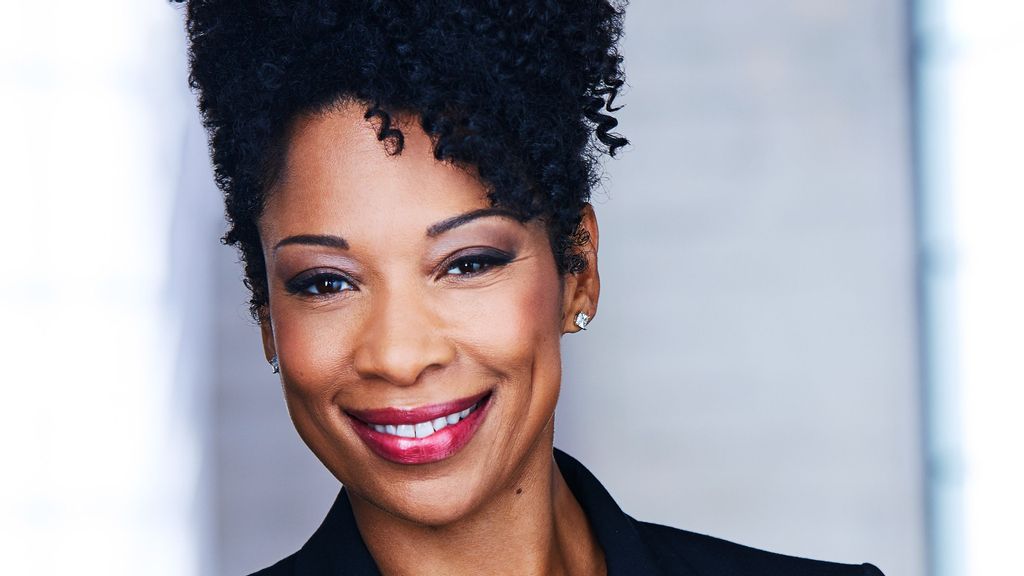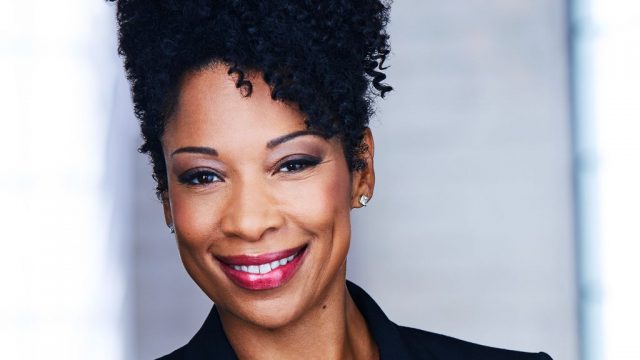
By her own admission, Tamika Farr is every inch a “glass half-full” person.
That’s an important mindset to have when leading a 43-year-old nonprofit, whose mission is to bring quality child care and educational services to disadvantaged communities.
Farr, who took over as executive director of Pathways LA, in Los Angeles, California, in May, recognizes the challenges her agency faces and embraces her new position with the enthusiasm and commitment of someone accustomed to getting things done.
“I am a problem-solver. I’ve always been that way, and I see opportunities,” Farr said. “If the answer isn’t ‘no,’ then there is an opportunity. And even in ‘no,’ there is opportunity to shift and find a different resource or a different path.
“I’m always looking for a way to accomplish our goal, especially when we consider our youth and creating paths for them,” she said. “We can’t give up on them. You can’t quit.”
Farr frequently uses the word “path” when talking about her nonprofit work and her own journey. That her career has led her to Pathways LA — established in 1978 and now serving 4,000 children annually — seems fortuitous.
For Farr, the Pathways post is a perfect fit, a position her education and previous work prepped her for.
Born in Vicksburg, Mississippi, Farr grew up in a small, close-knit and predominantly African-American community.
“I came from humble means, but we always had everything we needed,” she said. “We supported each other and ensured our community’s basic needs were met, and everyone was happy and healthy. But it’s not until you leave your own community that you get an awareness of the world at large.”
Farr moved with her family to the San Francisco Bay Area when she was in high school. The experience of being able to board a BART train and see different communities was eye-opening. She began to observe the effects of systemic issues, particularly the ways in which factors such as the lack of education, feelings of hopelessness and mass incarceration affect young people.
The experience inspired her to study child development.

“Caring for children and making sure they have everything they need to have a head start to education has always been a passion for me,” said Farr, a mother of two children, ages 13 and 6. “I believe education and healthy attachment with adults is very important in a child’s life and a child’s development. Those are determining factors that can break intergenerational poverty.”
Farr previously worked at Rosemary Children’s Services, a nonprofit that supports children who have suffered abuse, neglect and abandonment. She was also executive director of the YWCA of Pasadena-Foothill Valley and executive director of El Centro de Amistad, a nonprofit that provides mental health services to California families.
After earning a master’s in business administration, Farr felt her passion for working on behalf of children and her skills as an administrator could be put to good use with an organization that shared her mission and values. Pathways LA checked the boxes.
Founded as the Children, Youth and Family Services Agency, it was one of the first nonprofits to receive public funding in support of children with disabilities and special needs. Through partnerships with municipal agencies, Pathways LA helps families obtain affordable child care and promote school readiness for children from disadvantaged communities. The agency has a $32 million annual operating budget.
Farr was recruited through an executive search. She began her tenure at Pathways LA at the end of the 2020-2021 fiscal year, just as Gov. Gavin Newsom was in the final stages of planning the state budget. Farr had the added challenge of being the person selected to replace Jessie Salazar, who had been with the agency for 27 years.
“A lot of people had worked with our previous director before, and we needed someone who could come in and handle the situation with grace and also strategically move the agency forward,” said Pathways LA board president Jenn Hsu. “Tamika is a lovely person with good energy. She has really come in and been able to take charge.”
“What I love about Pathways’ mission,” Farr said, “is that we are engaged with families and engaged with children early on, allowing families the dignity to go out and earn and provide for their children or to further their education. It’s also putting children in environments where they can grow and blossom and be prepared for school readiness.”
She references data that shows children who are raised in a healthy environment have a greater chance of growing up to attend college and earn higher wages.
“We have looked at the homeless population in Los Angeles and how it’s growing beyond what Measure H [passed in 2017 to put money toward homelessness and other social services] dollars are prepared to support. From my perspective, L.A. County has not proposed a solution. Building housing for residents who don’t have housing is reactionary. That’s not getting to the root of the issue. I know our mission does get to the root of reducing homelessness and embracing success in school.
“I know the work we’re doing has a long-term impact that will affect L.A. County as a whole.”
Like all nonprofits, Pathways LA — and its leadership — face challenges, particularly as the nation emerges from the pandemic. Pathways LA advocates to increase the reimbursement rate for child-care providers, which, for many years, was stuck at the 2016 level.
“Many of our providers are women of color, and they have an enormous responsibility to provide care for children and create an environment where they can grow socially, emotionally and academically,” Farr said. “Ideally, we would be at the 2020-2021 reimbursement mark, but for so long, it had been at the 2016 rate.
“We’re up to the 2018 standard, which is where my glass half-full perspective comes in,” she said. “We’re making progress.”
Edited by Judith Isacoff and Fern Siegel
CLARIFICATION: Nov. 11, 2021 1:37 p.m.
This article has been updated clarify comments from Tamika Farr.
The post She’s Charting A Path To Improving Quality Child Care appeared first on Zenger News.




